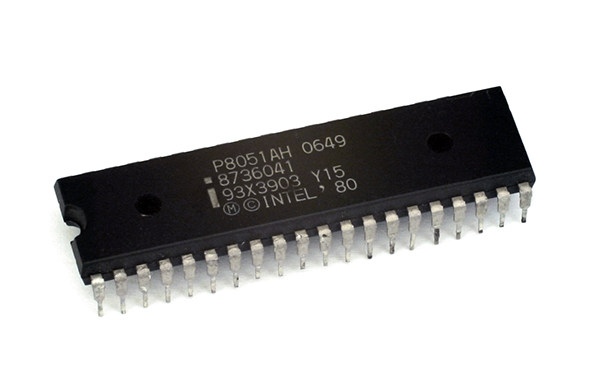The history of microprocessor and the birth of single chip microcomputer
In the past, computer design consisted of several small and medium-sized circuits. The volume of the circuit is huge and the analysis is very complex. The enhancement of the electronic industry and the improvement of microprocessors lead to cost reduction and make it widely used in various applications. The development of MOSFET opens the way for the invention of microprocessor. In order to overcome some shortcomings of microprocessor, a single chip microcomputer is designed.

In 1959, the company called "fair child semiconductors" invented the first integrated circuit. Based on this idea, Gordon Moore, Andrew Grove and Robert Noyce invented the first microprocessor. It is named after its company Intel 4004. The invention became possible in 1971. In the same year, Gary Boone of "Texas Instruments" invented the single chip microcomputer.
1、 The difference between microprocessor and single chip microcomputer
The main differences between microprocessor and MCU are discussed below.
What is a microprocessor?
Integrated circuits that perform functions as central processing units with undefined inputs and outputs are called microprocessors, which sounds tongue twisty. In short, the chip is programmable and can be operated according to the applied input. The applied input bits are in binary form, which is also known as "the heart of computer system". The input can be processed according to the instructions stored in memory to obtain the required output.
1. If a storage device is required, an external interface circuit needs to be executed.
2. The design of microprocessor is not dedicated to specific tasks, but used in some complex circuit calculations.
3. If a large amount of data processing is required, use a microprocessor.
4. Examples of microprocessors include Pentium, Intel I3, i5, i7, etc.
What is single chip microcomputer?
Single chip microcomputer is a microcomputer integrated on a single IC. It consists of processor, ROM, ram and input / output pins to perform various tasks. The user defines the input of the application and the output obtained to perform the task.
1. No external circuit interface is required.
2. Examples of single chip microcomputer include 8051, PIC, AVR, etc.
3. There is a memory inside the single chip microcomputer, which is used to store information related to the program.
2、 What is the difference between microprocessor and MCU?
Both circuits are used for various purposes, but they are different in terms of memory, power consumption and various factors in their required applications. Here are some differences:
microprocessor:
1. It interfaces with external memory. Therefore, there are no memory related constraints;
2. The power consumption increases due to the external connection of multiple peripheral devices. Several voltage rails are required;
3. Use fewer registers because the operands are based on memory;
4. The connection of peripheral equipment makes the system bulky;
5. The total cost of microprocessor is very high;
6. The processing speed of general microprocessor is about 1 GHz;
7. No flexibility of power saving mode;
8. These are used to perform complex tasks, such as software, game development, etc;
9. For large applications;
10. It follows the von Neumann architecture, and the program and data are stored in the same memory.
singlechip:
1. The memory is on the board. Therefore, it is limited, but its startup time is very short;
2. Built in power supply. In addition, it only needs one voltage rail;
3. Use more registers, which makes it easier to write programs in single chip microcomputer;
4. The system is compact because peripheral devices share a common chip with the processor;
5. The design of single chip microcomputer is based on complementary metal oxide semiconductor (CMOS) technology, which makes the design cheap in cost;
6. The processing speed of single chip microcomputer is 8 MHz to 50 MH;
7. Idle mode provides power saving flexibility;
8. It performs less complex tasks and less complex operations;
9. Preferred for small applications;
10. It follows the Harvard architecture and has different program and data memories.





